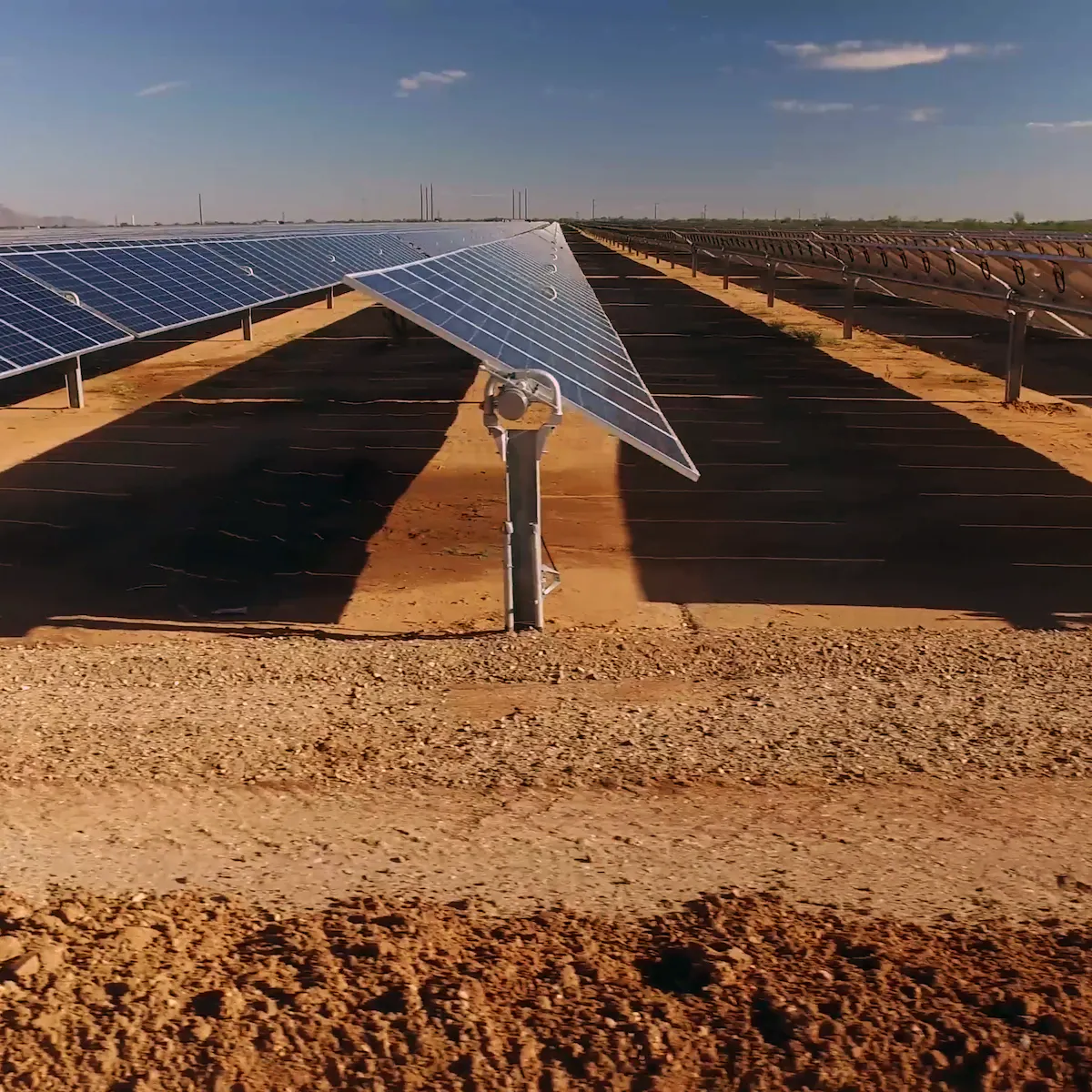Solar Panels in the Desert: Why Not? - Vedik Upadhyay (Guest-writer)
- Advay Kadam
- Oct 25, 2022
- 3 min read
In today's technologically advanced world, it goes without saying that humans consume massive amounts of electricity every single day. Lights, air conditioning, charging phones and laptops, and even cars run on electricity now. As of 2020, the U.S. Energy Information Administration says that most of our electricity comes from gas, nuclear energy, and coal. But there is potential for a new source of electricity, and it lies in solar panels.
Solar panels are panels made of silicon that generate electricity using light from the sun. Sunlight knocks electrons out of their bonds, and while trying to reform those bonds, the electrons generate energy. Solar panels aren't perfect, though. They can't convert all the light they get, because they can only use specific wavelengths and lots of light fails to hit any electrons. Yet over the past few years, solar panels have become cheaper and more efficient at converting light into electricity, and they will only get better from here on out. Solar panels are already used in several countries and communities to generate electricity for people, and they work just fine.
So why don't we just cover the Sahara desert--a place that gets plenty of sunlight--with solar panels and reap the benefits of an otherwise useless barren land? If we covered 10,000 square kilometers of the Sahara (0.1% of its total area) we could generate enough energy to power the world. So why don't we? Well, the problem is that there are too many problems. The first of which is heat. The Sahara doesn't just get light from the sun but also heat. Solar panels don't use heat to generate electricity, only light, and heat can actually reduce the efficiency of solar panels. As the temperature rises, electrons and ions start colliding which causes resistance in the flow of current, and therefore, a lower voltage output. Solar panels start losing efficiency at 77 degrees Fahrenheit, and temperatures in the Sahara can reach up to 117 degrees Fahrenheit. Additionally, solar panels absorb heat, and using them on such a scale in one area can have drastic effects on the environment and the animals living there. Even if there were systems to maintain temperature, those systems require energy to keep them running anyways.
A potential solution to temperature's effects on solar panels would be concentrated solar panels. A concentrated solar power plant in Morocco called Noor uses mirrors that all reflect light to a single point. The point converts the light to heat, and then electricity. A plant like this can also continue producing electricity at night because the mirrors take time to cool down. But even if a plant like this works, it brings us back to a bigger problem, which is transportation. Bringing energy from the Sahara to the rest of the world is extremely expensive and inefficient as of right now. The only connections for electricity between North Africa and Europe right now are 2, 700 MegaWatt connections. A third one is being constructed, but it would cost $150 million. In order to have enough connections to transfer the energy required to power the world, we would need to build at least 600 more of these, which would cost about $9 billion. But that's not the end of the story. These connections are just connecting North Africa to Europe. We would need further connections not only within Europe but to the Western Hemisphere and within all the regions in the Western Hemisphere as well. Not to mention that energy will be lost over distances and in storage.
The problems with desert solar problems just keep coming. But that doesn't mean we should give up on them. Solar panels are being used effectively and efficiently on smaller scales. They can help power communities or even cities. If we start building and investing now, switching to solar on smaller scales, eventually solar power will become the main source of power in a considerable part of the world. From there we can build connections between small-scale plants until we have one large, connected power system. And as we progress into the future, this process will only get faster and easier.




Comments